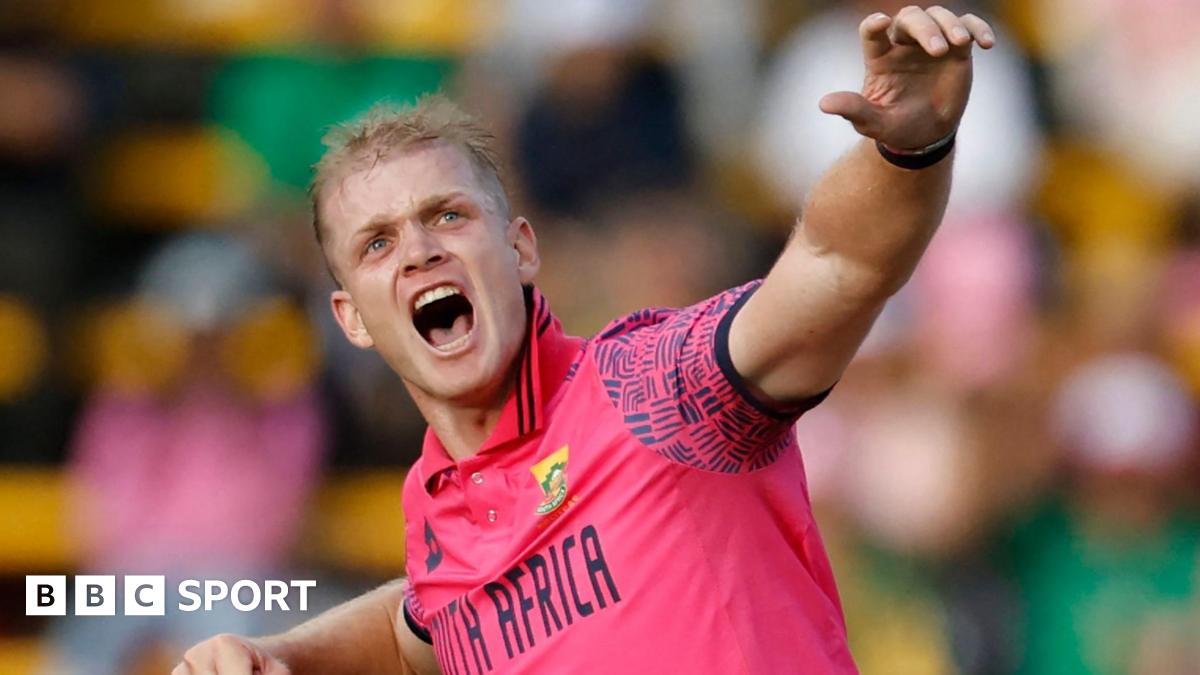India at Champions Trophy: When Sachin Tendulkar blasted 141 off 128 and picked up 4/38 to bury Australia alone

In 1998, the International Cricket Council introduced the ICC KnockOut Trophy which, as the name indicates, was a knockout 50-over tournament involving the eight best teams in the world in a short and snappy affair.
The idea behind the event, meant to remain in the shadow of the flagship 50-over World Cup, was to raise funds for the development of the sport in countries that relied on financial assistance. The original plan was to conduct the tournament in less visible cricketing stops where there was no shortage of passion. The inaugural edition was entrusted to Bangladesh, yet to attain Test status.
The top eight teams converged in Bangladesh, knowing that their first game could be the last. If the intention was to not cannibalise the World Cup, it served the purpose excellently.
India and Australia had played numerous games in the preceding ten months when they squared up at the Bangabandhu National Stadium in Dhaka on October 28, in the third of the quarterfinals. Australia had clinched the triangular tournament in India in early April (with Zimbabwe as the third team), defeating hitherto unbeaten India in the final in Delhi. Mohammad Azharuddin’s men hit back immediately by rising like the proverbial Phoenix from the Ashes in the Coca-Cola Cup tri-nation event in Sharjah (New Zealand made up the entries), riding on Sachin Tendulkar’s heroics to first make it to the final and then to emphatically pull the rug from under the Aussies’ feet in the title round.
Tendulkar uncorked two blazing hundreds in the span of three nights, the first taking India on net run rate and the second, a magnificent 134 on his 25th birthday, consigning Steve Waugh’s men to a six-wicket pounding. 1998 had been the year of Tendulkar across formats, but especially in ODIs. Stripped of the captaincy at the start of the year, he embarked on a wondrous run of scores, starting with the Silver Jubilee Independence Cup in Bangladesh, which India won easily.
As the year rolled by, the little master stacked up ODI centuries for fun – he had six for the calendar year — when India squared up against Australia, not merely seeking bragging rights but also the right to take on West Indies in the semifinal. For good measure, Tendulkar had also picked up a five-fer against the Aussies in Kochi in April.
Put in by Waugh, India got off to a horror start with Michael Kasprowicz and Damien Fleming accounting for Sourav Ganguly and Azhar, respectively, inside the first three overs. At eight for two, India faced a long road back, but they knew that till such time that Tendulkar was in the middle, there wasn’t just hope but the genuine belief that they could overcome all odds.
Like he had been all year long, Tendulkar was at his dominant best, unfazed by the quick dismissals of his favourite opening partner and his captain. At No. 4, Rahul Dravid slipped into a role that came naturally to him – secure his end, rotate the strike, feed his partner as much of the bowling as possible. Dravid’s 48 off 80 might have appeared to be a laborious effort, but it was just what the team needed at that stage, especially with Tendulkar playing his strokes without inhibition. The two, who would carry the Indian batting for the next decade and a quarter, steadied the ship with a stand of 140, after which India went into overdrive.
With the irrepressible Ajay Jadeja for company, Tendulkar stepped up a gear, boundaries flowing unchecked. The alliance of 132 took India to within reach of 300 when Tendulkar was dismissed in potentially the only manner possible – run out – for a special 141 off 128, 13 fours and three sixes. Jadeja fell in the same over, also run out, for 71, but the duo had done enough to ensure India had 307 for eight on the board.
Australia made a strong start through Mark Waugh and Adam Gilchrist, the openers realising 53 in just 51 deliveries. Pinch-hitter Brendon Julian smashed 20 off 10 at No. 4, but India kept picking up wickets. At 194 for four in the 35th over, the game was delicately balanced when Azhar turned to his magician, and Tendulkar didn’t disappoint for the second time in the game.
In an unchanged burst, he finished with four for 38 in 9.1 overs, accounting for the senior Waugh, acknowledged finisher Michael Bevan, spin conqueror Damien Martyn and Brad Young. Once again, Australia came second best to Tendulkar as India powered into the semis, where they lost to the Caribbeans.
Brief Scores
India: 307/8 in 50 overs (Sachin Tendulkar 141, Rahul Dravid 48, Ajay Jadeja 71; Michael Kasprowicz 3-71) beat Australia: 263 all out in 48.1 overs (Mark Waugh 74, Adam Gilchrist 25, Ricky Ponting 41, Darren Lehmann 27; Javagal Srinath 2-36, Sunil Joshi 8-0-57-2, Tendulkar 4-38) by 44 runs. PoM: Sachin Tendulkar.
Related
‘Listen from one ear, ignore from the other’: Former India…
India's Rohit Sharma and Mohammed Shami (AP Photo) NEW DELHI: Former wicketkeeper-batter Syed Kirmani has expressed his opinion that experienced fast bowler Mo
India faces New Zealand in budding rivalry at Champions Trophy…
State AlabamaAlaskaArizonaArkansasCa
ICC and Unilever announce landmark partnership on International Women’s Day…
The two-year partnership, kicking off at this year’s Women’s Cricket World Cup in India and running until the end of 2027, marks the world cricket governing
IPL 2025: Mumbai Indians sign Corbin Bosch as replacement for…
Mumbai Indians have signed South Africa all-rounder Corbin Bosch as a replacement for his injured countryman Lizaad Williams for this year's Indian Premier Leag











